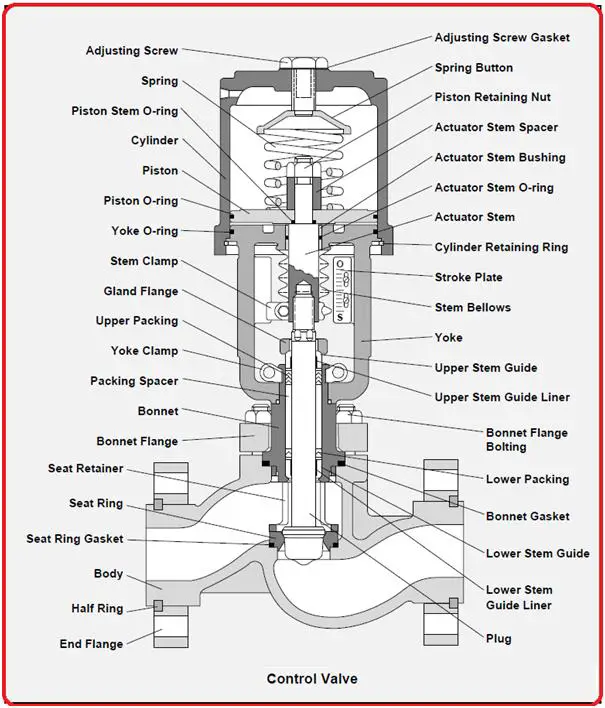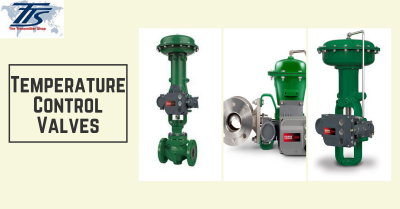Enhancing Operational Efficiency with Advanced Control Valves
Enhancing Operational Efficiency with Advanced Control Valves
Blog Article

Maximize Power Financial Savings and Comfort With Advanced Structure Automation Controls
In the realm of modern-day style and facility administration, the combination of sophisticated building automation regulates stands as a critical advancement. By taking advantage of the power of automation, buildings can adjust, react, and evolve in means that were as soon as unimaginable.
Energy Performance Benefits
Power efficiency benefits can significantly decrease energy intake and functional expenses in buildings. By applying energy-efficient methods and modern technologies, structure proprietors and drivers can accomplish significant savings while also adding to ecological sustainability. Among the key advantages of boosting energy efficiency in buildings is the decrease of energy bills. Energy-efficient systems, such as sophisticated building automation controls, can enhance the use of sources like heating, illumination, and air conditioning, bring about reduced energy expenditures in time.
Moreover, boosted power efficiency can prolong the life expectancy of building devices and systems. By operating more effectively, a/c systems, lighting fixtures, and other building parts experience less deterioration, leading to lowered maintenance and replacement prices. In addition, energy-efficient structures commonly command greater property values and rental prices, offering long-term economic benefits to proprietors.
Moreover, energy efficiency can boost owner comfort and performance. Properly controlled indoor environments with optimal lighting and thermal conditions develop an even more positive and favorable workspace, bring about improved employee satisfaction and performance. In general, the power performance benefits linked with sophisticated structure automation controls are diverse, including expense savings, environmental stewardship, and resident wellness.
Enhanced Comfort Control
Enhancing convenience control in structure settings requires an innovative combination of sophisticated automation systems for optimum resident wellness. By making use of advanced building automation controls, facilities can customize the interior setting to satisfy the certain demands and preferences of residents. These systems make it possible for exact guideline of temperature, air flow, and illumination, creating a efficient and comfy ambience. Occupant complete satisfaction and performance are very closely connected to thermal convenience, making it necessary to have systems in place that can adapt to altering conditions in real-time.
Improved comfort control exceeds standard temperature level changes. It includes attributes such as personalized setups, tenancy sensors, and all-natural light application to create a responsive and vibrant setting. By incorporating these advanced controls, structures can not only boost comfort yet also boost power performance by maximizing system operations based on actual tenancy and use patterns. Eventually, focusing on passenger comfort via advanced automation systems results in a much more delightful and much healthier indoor environment.
Operational Performance Improvements

Moreover, the execution of real-time monitoring and analytics tools allows structure drivers to recognize energy inadequacies and operational anomalies quickly. By continuously keeping an eye on power use patterns and system performance metrics, changes can be made in real-time to enhance power consumption and ensure have a peek at these guys peak operational effectiveness. control valves. In addition, including demand feedback strategies into building automation controls can additionally improve functional efficiency by dynamically changing energy usage based on grid problems and rates signals
Indoor Climate Optimization
Efficient interior climate optimization is a fundamental element of building automation controls, ensuring passengers' comfort and well-being while making best use of power cost savings. By utilizing sophisticated sensors and controls, building automation systems can continuously keep an eye on and readjust temperature, moisture degrees, air top quality, and air flow to produce an optimum indoor environment. Maintaining comfortable and constant problems not only improves resident fulfillment but additionally boosts productivity and general well-being.
Interior climate optimization likewise plays a critical function in power performance. my explanation By fine-tuning heating, air flow, and cooling systems based on real-time data and tenancy patterns, developing automation controls can dramatically minimize power consumption - control valves. Executing strategies such as demand-controlled air flow and thermal zoning can help lessen energy waste while making certain that each area of the building receives the needed conditioning.

Sustainable Atmosphere Development
Structure automation controls not just optimize indoor climate problems for energy performance and passenger comfort but likewise lay the structure for producing a lasting atmosphere via tactical management of systems and resources. By integrating advanced building automation modern technologies, such as sensors, actuators, and intelligent software application, centers can monitor and readjust energy use in real-time to decrease waste and lower their carbon footprint. These systems enable predictive upkeep, recognizing prospective problems prior to they escalate and optimizing equipment efficiency to enhance long life and efficiency.
Furthermore, lasting setting development prolongs beyond power monitoring to encompass water preservation, waste reduction, and indoor air top quality enhancement. Building automation controls can regulate water usage, discover leakages, and guarantee proper garbage disposal methods, contributing to total sustainability initiatives. Furthermore, by keeping an eye on and regulating air flow and purification systems, these innovations enhance owner health and productivity while decreasing power intake linked with a/c procedures.
Verdict
To conclude, advanced building automation regulates offer substantial benefits in regards to energy cost savings, comfort control, operational performance, interior environment optimization, and creating a sustainable setting. By implementing these controls, buildings can accomplish ideal efficiency while reducing power usage and improving occupant comfort. It is apparent that using innovative automation technology find here is critical in improving building efficiency and producing a much more sustainable future.
Power performance benefits can considerably decrease energy intake and functional expenses in structures. In general, the energy performance advantages linked with innovative building automation controls are diverse, encompassing price savings, environmental stewardship, and passenger health.
In addition, incorporating demand action techniques into building automation controls can better improve functional efficiency by dynamically adjusting energy usage based on grid conditions and pricing signals.
Structure automation regulates not only maximize indoor climate problems for power efficiency and resident comfort yet also lay the foundation for creating a lasting setting via critical management of systems and resources.In conclusion, progressed building automation regulates deal substantial advantages in terms of power cost savings, convenience control, operational performance, indoor climate optimization, and producing a lasting atmosphere.
Report this page